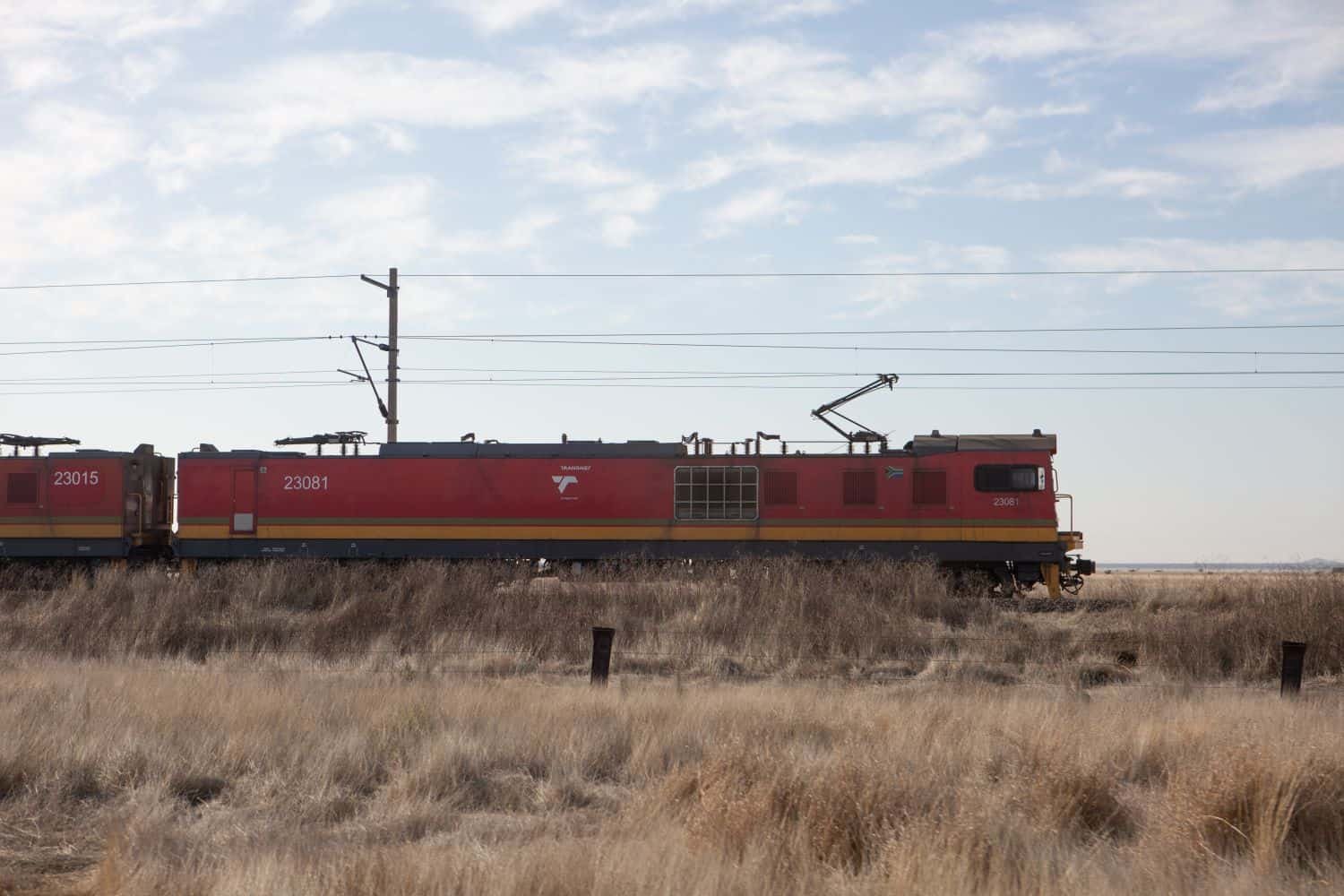To admit that Transnet needs help might seem politically foolish, but getting the rail system working could also be the greatest achievement of the GNU.

For a country that really does go out of its way to make life as difficult as possible for the private sector, we sure do love going private for the solution…
Police? Na. Private security.
Fix the national electricity provider? Na. Legalise private generation.
Drinking water? Better to buy and refill your own 5-litre bottles.
Privatising South Africa’s rail system?
Good news for train lovers of South Africa; it appears that our rail system is going in a similar direction. Undoubtedly, this means that it will become more expensive to ride the train, but in light of the current circumstances, it means that we’ll actually get to ride the train again. At least, one hopes.
Yes, Transport Minister Barbara Creecy announced that of 25 companies who applied to use Transnet’s 41 routes, 11 have been selected to go forward to the next round. I could hardly believe it when I learned that the state is still hauling 160 million tons of cargo every year, but apparently there’s demand for a further 90. It’s that 90 that the state is inviting the private sector to participate in.
ALSO READ: Creecy punts private sector investment for five rail and port corridors
Don’t worry about asking the obvious question; I’ll do it: What company sits on an extra 56% demand and then hands it over to the competition?
There might not be any apparent economic merit to it, but I’d be willing to put money on somebody with no experience in rail getting some nice government “development financing” and starting a company that immediately gets a tender. But hey, if that’s what it takes to make the trains work, then so be it.
Tough pill for Creecy to swallow
The bigger question is why can’t Transnet handle this demand, and where did these 25 (now 11) rail companies just come from? It’s not like South Africa has had a thriving rail industry in the last decades, and it’s certainly nothing akin to the taxi industry. It’s not like rail is so affordable that you can just up and buy 10 locomotives and call yourself a train boss.
Despite this, these developments are a step in a remarkably positive direction, and Creecy is holding to at least one of her six targets with this plan. Saying that the state doesn’t have the resources is a lousy thing to admit because, frankly, the state should have the resources.
By extension, admitting that the state requires private sector involvement, and going so far as to call that involvement “critical”, is also a tough pill for a minister to swallow. Regardless, medicines have their benefits, and so does the private sector.
Will we be able to move 250 tons of freight by 2029 and 600 million passengers by 2030? Those are her goals. I’d say time will tell, but I do know for certain that we stand a far better chance doing it with the private sector than without. That’s what makes privatising the use of the network so exciting. If Transnet can just maintain the network, we’re in for a great partnership to the benefit of the South African people and economy.
ALSO READ: Transnet bailouts? Government bends with R94.8bn more in guarantees
Sure, we can wallow in what once was a National Party jobs programme masquerading as a successful national rail company, but those days are gone, and so too should be our yearning for them.
We still have some of the infrastructure, and we can probably make it work in our favour if we just manage to get serious people running it. We’ve tried letting the state do that, and it hasn’t really worked.
To admit this and turn to the private sector might be politically foolish on the face of it, but getting the rail system properly operational may be the single greatest achievement of the GNU.
If it takes getting the private sector in to do it, the result is what South Africans will care about!






